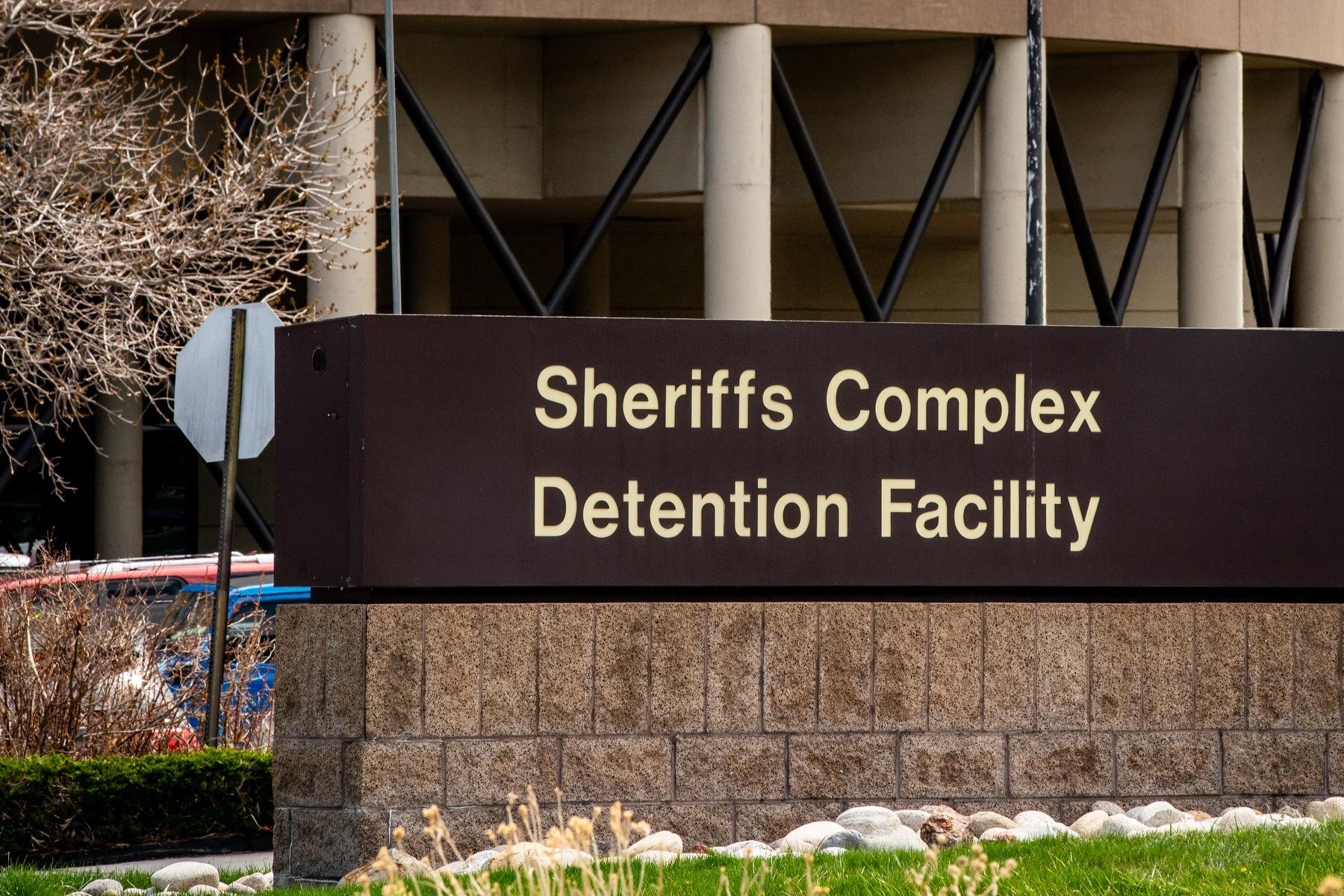Originally published on July 26, 2019 3:02 pm
Wells built to bring underground water supplies to the surface are being dug deeper to tap into dwindling aquifers, according to a new study.
By compiling decades of records for nearly 2 million groundwater wells across the country, researchers at the University of California at Santa Barbara paint a disturbing picture of farmers, industrial users and residences digging deeper into the ground to tap what is in some parts of the country a disappearing resource.
“What our paper really gets to is the fact that we are drilling deeper over time,” said study co-author and UC-Santa Barbara professor Debra Perrone. “And we suggest that drilling deeper is a stop gap to groundwater depletion.”
In the western U.S. the problem is most acute in California’s intensively-farmed Central Valley and along the edges of the High Plains aquifer, which lies beneath a wide swath of the Great Plains.
Drinking water for about 120 million Americans comes from groundwater. In Colorado, groundwater provides water for about 20% of the state’s population.
For the study, Perrone and fellow UC-Santa Barbara researcher Scott Jasechko collected well data from local and state sources across the country, and then split regions into a checkerboard of 10 kilometer by 10 kilometer grids. Plots of land with at least 10 wells over a period of time were studied.
The researchers found that from 1975 to 2015, 80% of the studied areas in the arid Colorado River basin that stretches across seven Western states -- Colorado, Wyoming, Utah, New Mexico, Nevada, Arizona and California -- showed a trend toward deeper well construction.
From 2000 to 2015, 65% of those same areas showed the deeper well trend.
The paper doesn’t land on an exact reason why these wells are being drilled deeper, but does hypothesize a few possible causes. The deeper wells can be an attempt to tap into a dropping water table. Those drilling deeper wells might also be trying to avoid contaminated water close to the surface or to tap into less regulated aquifers at varying levels underground.
“We’re not saying people are drilling deeper and this is why. We’re saying people are drilling deeper and we should be thinking about this when we’re thinking about managing groundwater,” Perrone said. “It’s not likely to be a long-term solution to our water scarcity issues.”
A trend toward deeper wells in an area isn’t always a sign that the groundwater there is disappearing though, Perrone said. In some areas water users have already reached a point where a deeper well won’t be able to provide freshwater, either running dry or only pulling up salty water.
“What we found is that in some places you can’t drill deeper,” Perrone said. “You’re at this hydrogeological floor or you're at an area where if you drill any deeper you’re probably not going to get very good water yields.”
Perrone’s new research builds on a 2017 paper that found from 2013 to 2015, about one in 30 groundwater wells in the western U.S. went dry. In some parts of the region, up to one-fifth of wells went dry.
This story is part of a project covering the Colorado River, produced by KUNC and supported through a Walton Family Foundation grant. KUNC is solely responsible for its editorial content.
Copyright 2019 KUNC. To see more, visit KUNC.







